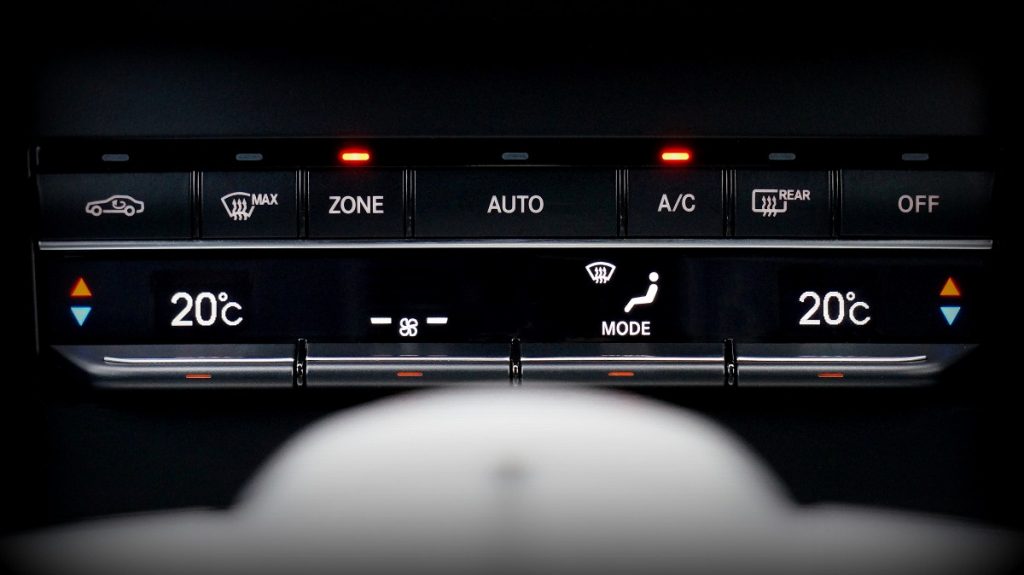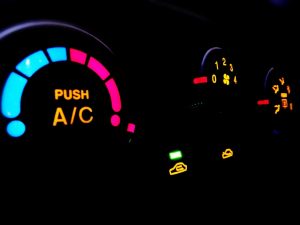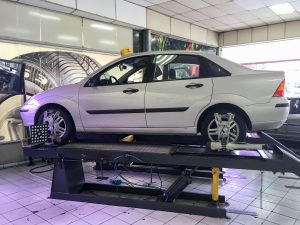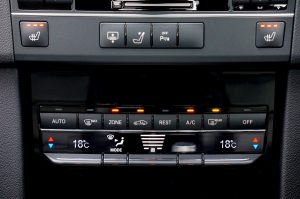Contents
– Dual-zone air conditioning: types of air conditioning
– Uses of dual-zone air conditioning
– Advantages and disadvantages of dual-zone air conditioning
– Dual-zone air conditioning: maintenance and price
When consulting the options when buying a vehicle, one of the proposals is the “dual-zone air conditioning”. This option, which must be coupled with automatic air conditioning, is an added value for the comfort of occupants.
Dual-zone air conditioning: types of air conditioning
The automotive air conditioning concerns the whole system allowing to adapt the temperature, cold or hot, for the comfort of the occupants in the cabin.
Two types of air conditioning exist:
– The manual air conditioning, where the driver manually operates the slider to engage the air conditioning.
– Automatic air conditioning where, unlike manual air conditioning, the driver selects the desired temperature.
The air conditioning management device uses sensors and flap actuators to maintain this temperature value regardless of conditions. This type of equipment requires a periodic readjustment of the air conditioning according to weather conditions, vehicle mobility, etc.
Purpose of dual-zone air conditioning
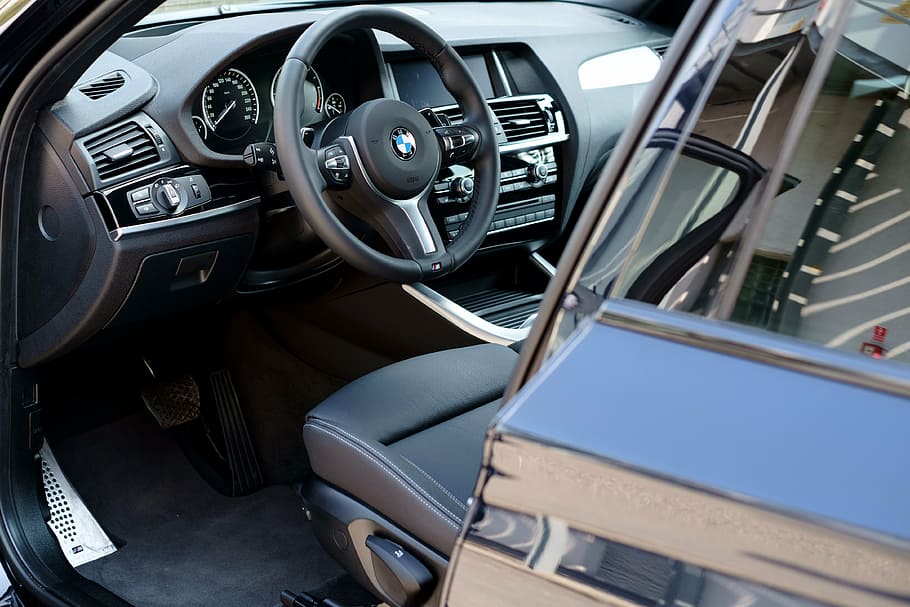
Dual-zone air conditioning is a specific automatic air conditioning system. The passenger compartment is divided into a front left zone (mainly driver) and a front right zone (mainly front passenger). The feeling and the ideal temperature are different from one individual to another. Therefore, the dual-zone air conditioning has 2 distinct controls that allow each occupant to regulate the temperature within their area.
When it is installed, dual-zone air conditioning requires:
– the doubling of the cabin temperature sensor: in this case, there is one sensor for each living area;
– the doubling of the differentiated hot and cold air channels;
– double the motorized flaps, allowing cold and hot air mixing to adjust the desired temperatures in each zone.
Advantages and disadvantages of dual-zone air conditioning
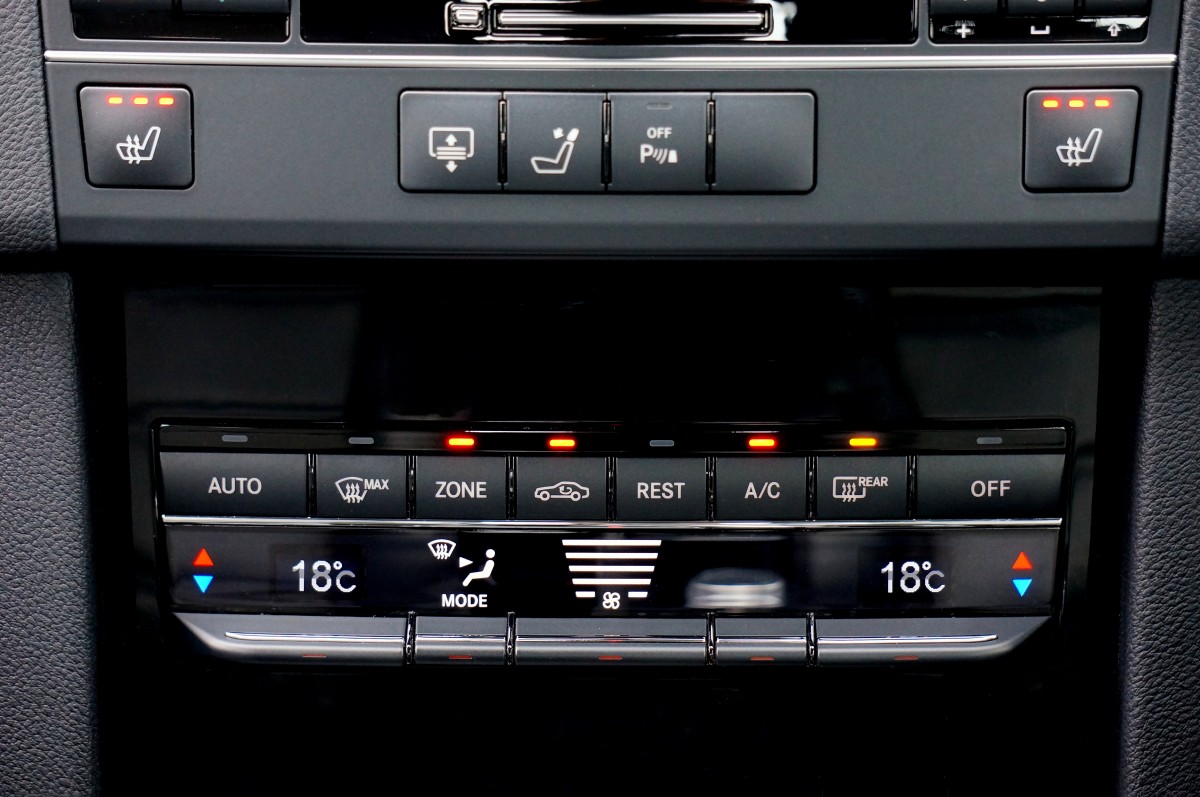
Automatic air conditioning provides comfort for the cabin’s occupants and makes driving safer (the driver has very little influence on the settings). However, the same cannot be said for dual-zone air conditioning.
Indeed, although this is a plus, you should note the following disadvantages:
– complexity of the system, which can lead to an additional cost of maintenance;
– the distraction of the driver’s attention: in fact, it is generally the driver who adjusts the temperature of each zone, the passenger often not mastering this manipulation.
In 90% of the cases, the occupants do not activate the bi-zone operation, and the classic configuration is often preferred because of its simplicity (the same temperature in the whole cabin).
Note: in reality, dual-zone air conditioning is more of a gadget, unsuitable for most car interiors where the volume is limited, except for spacious top-of-the-range vehicles or where, for example, the front cabin is separated from the rear by a partition.
Dual-zone air conditioning: maintenance and price
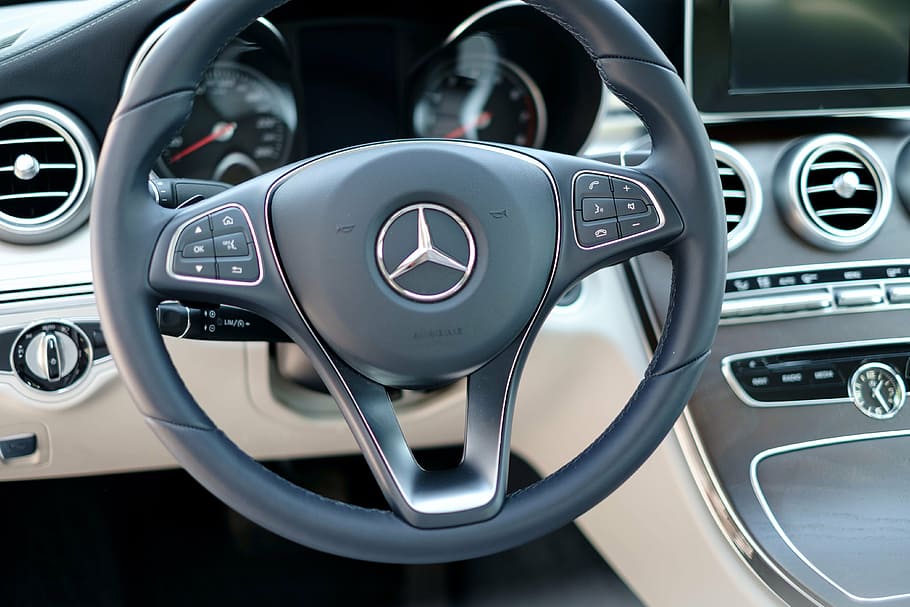
Automatic air conditioning, with its sensors and actuators and electronic management, is more complex than manual air conditioning. This makes maintenance more difficult in the event of a malfunction and is inevitably more costly in terms of parts and labour time required to diagnose and replace these parts.
With its differentiated temperature control and the doubling of sensors and actuators mentioned above, dual-zone air conditioning is potentially even more costly to maintain.
Some extracts of parts and labour rates:
|
Parts |
Rates |
Labour cost |
Approximate cost |
|---|---|---|---|
|
Temperature sensor |
$15 to $25 |
$20 to $50 |
$35 to $75 |
|
Motorized shutter |
$90 to $150 |
|
$120 to $350 |
Long story short, at the time of purchase, the option of dual-zone air conditioning increases the price of the car by $150 to $300; automatic air conditioning represents an additional cost compared to manual air conditioning estimated at + or – $450.

